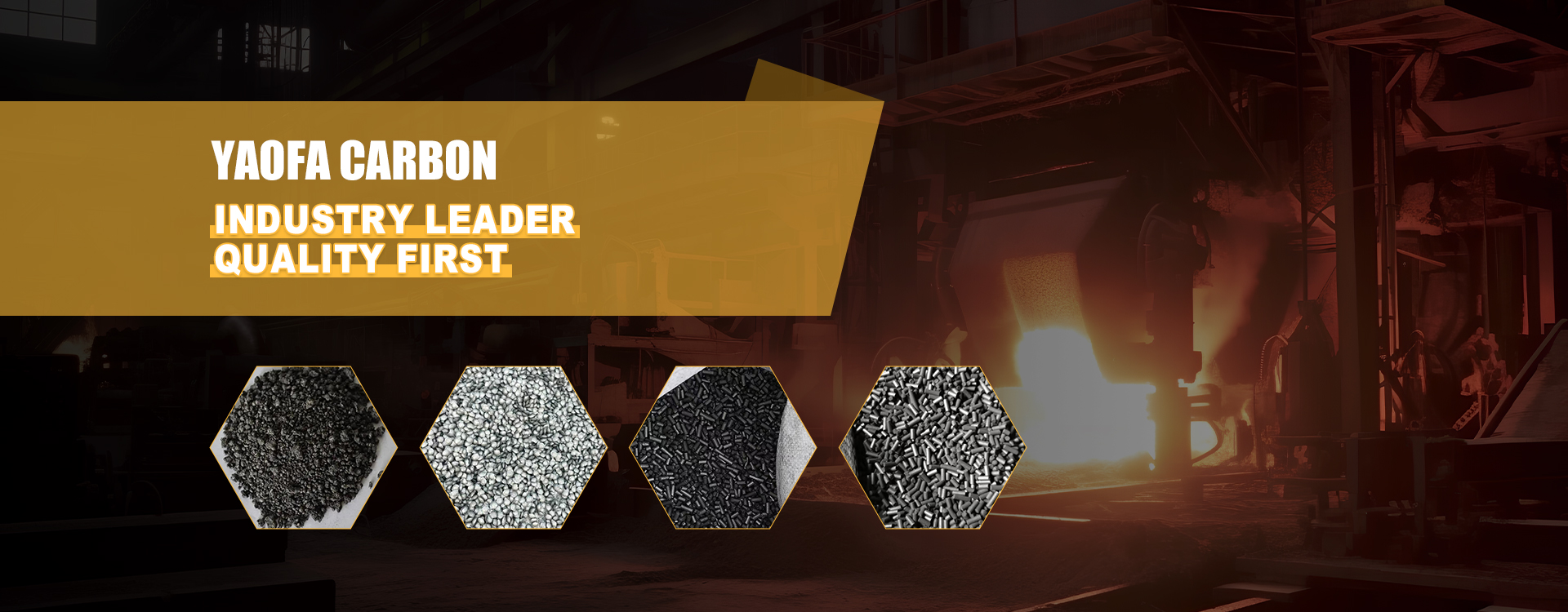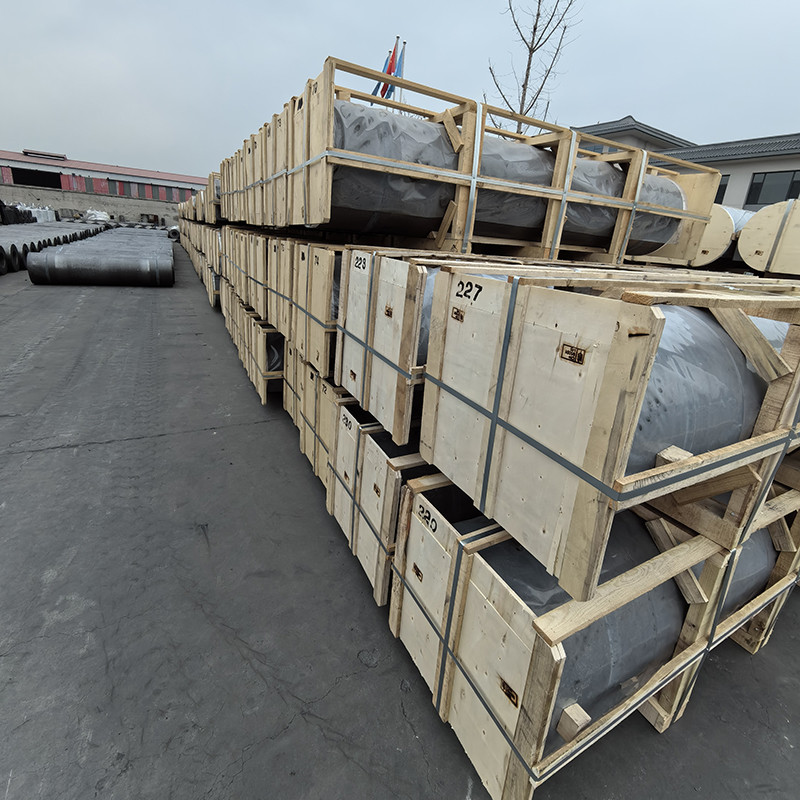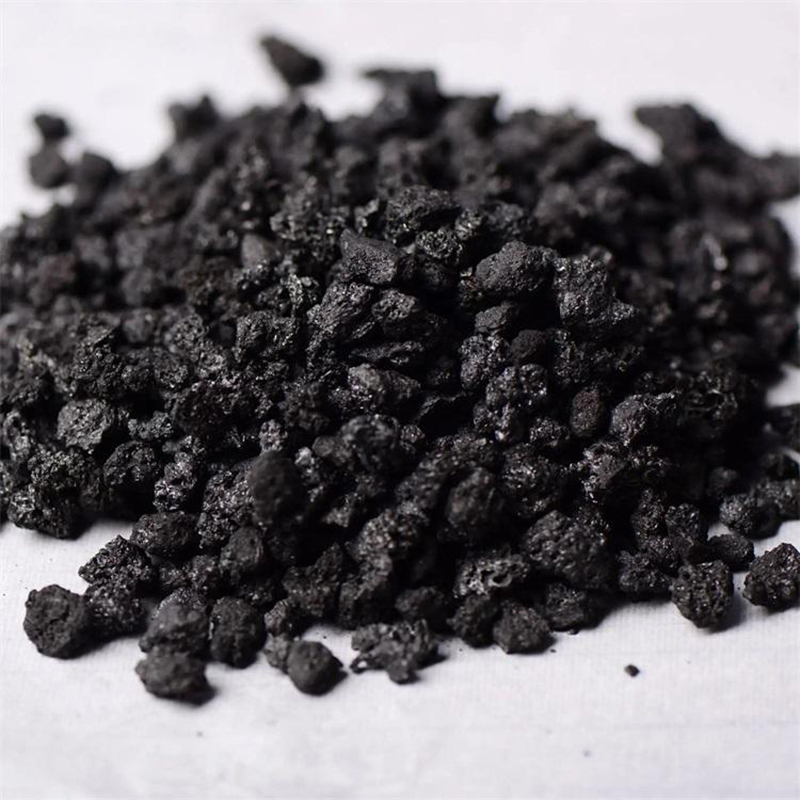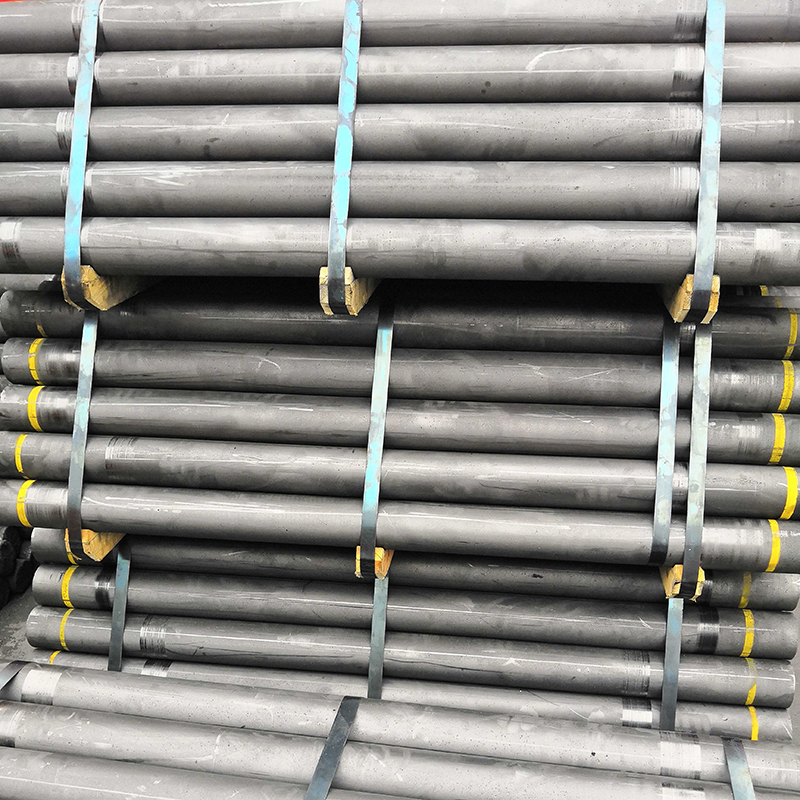- English
- Chinese
- French
- German
- Portuguese
- Spanish
- Russian
- Japanese
- Korean
- Arabic
- Irish
- Greek
- Turkish
- Italian
- Danish
- Romanian
- Indonesian
- Czech
- Afrikaans
- Swedish
- Polish
- Basque
- Catalan
- Esperanto
- Hindi
- Lao
- Albanian
- Amharic
- Armenian
- Azerbaijani
- Belarusian
- Bengali
- Bosnian
- Bulgarian
- Cebuano
- Corsican
- Croatian
- Dutch
- Estonian
- Filipino
- Finnish
- Frisian
- Galician
- Georgian
- Gujarati
- Haitian
- Hausa
- Hawaiian
- Hebrew
- Hmong
- Hungarian
- Icelandic
- Igbo
- Javanese
- Kannada
- Kazakh
- Khmer
- Kurdish
- Kyrgyz
- Latin
- Latvian
- Lithuanian
- Luxembou..
- Macedonian
- Malagasy
- Malay
- Malayalam
- Maltese
- Maori
- Marathi
- Mongolian
- Burmese
- Nepali
- Norwegian
- Pashto
- Persian
- Punjabi
- Serbian
- Sesotho
- Sinhala
- Slovak
- Slovenian
- Somali
- Samoan
- Scots Gaelic
- Shona
- Sindhi
- Sundanese
- Swahili
- Tajik
- Tamil
- Telugu
- Thai
- Ukrainian
- Urdu
- Uzbek
- Vietnamese
- Welsh
- Xhosa
- Yiddish
- Yoruba
- Zulu
- Kinyarwanda
- Tatar
- Oriya
- Turkmen
- Uyghur

RP graphite electrode
The Intricacies of RP Graphite Electrodes
When it comes to RP graphite electrodes, there's more beneath the surface than most realize. These electrodes are essential in the steelmaking industry, yet their complexities often go unnoticed. What exactly sets them apart, and how do industry professionals navigate their nuances?
Understanding RP Graphite Electrodes
At its core, the term RP stands for Regular Power. These electrodes are primarily used in electric arc furnace (EAF) operations and other smelting applications. But it’s not just about plugging them into the furnace. The nuances in their quality and performance hinge on several factors, including raw material composition and the manufacturing process.
On many occasions, I've seen operators assume that all RP electrodes are alike. This couldn't be further from the truth. Their efficiency and lifespan depend heavily on the base materials and manufacturing precision. There's a delicate balance that needs to be struck to optimize performance while controlling costs.
And let's not forget about the graphite itself. The quality of the graphite impacts resistance levels and thermal conductivity, critical traits for any electrode in demanding environments. If you're sourcing from a reputable provider like Hebei Yaofa Carbon Co., Ltd., you can trust their 20 years of expertise in carbon manufacturing to deliver top-notch products.
Manufacturing Process Insights
Diving into the production, it’s a blend of art and science. The process starts with the mixing of raw materials to generate a homogeneous paste. The precision at this stage is vital, as it impacts the electrode's structural integrity.
Mixing is followed by extrusion or molding, where the electrodes take shape. Now, even minor deviations in this phase can lead to inefficiencies during operation. I recall a time when an error here led to unexpected downtimes. It's a reminder of the meticulous attention required at every step.
Next up is the baking stage, where the electrodes undergo numerous thermal treatments to solidify their structure. This process demands precision in temperature control and timing. A slight miscalculation could compromise electrode stability, a costly mistake in the long run.
Common Challenges with RP Electrodes
One common challenge is oxidation at high temperatures, which can degrade the electrode faster. To mitigate this, coatings or improved raw materials are often employed. But as with everything in this industry, it's a balancing act between cost and performance enhancement.
Another issue is breakage during operations. Often, this is linked to poor quality or handling mistakes. An operator must be trained to recognize these faults early, preventing substantial losses in productivity. It's always crucial to keep in mind that sourcing quality materials from trusted suppliers like Hebei Yaofa Carbon Co., Ltd. can make a significant difference.
During a recent visit to a plant, I observed how well-maintained machinery and skilled workers contributed to minimizing these issues. Their proactive approach set a benchmark for efficiency and safety.
Applications in Steelmaking
RP graphite electrodes play a pivotal role in electric arc furnaces. Their superior thermal conductivity and electrical properties make them indispensable for efficiently melting scrap steel. The tricky part is ensuring uniform quality, considering the high demands from EAF operations.
Each batch of electrodes must be carefully inspected and tested before deployment. This isn't just about meeting industry standards; it’s about ensuring consistent furnace operation. I’ve seen firsthand how subpar electrodes can jeopardize an entire production cycle.
For companies like Hebei Yaofa Carbon Co., Ltd., maintaining a high standard in their RP graphite electrodes production is paramount. Their commitment to quality and expert craftsmanship shines through in the performance of their products.
The Future of RP Graphite Electrodes
Looking ahead, the challenge will be innovation in raw materials and manufacturing processes. As industries demand more sustainable practices, manufacturers must adapt without compromising on performance.
Emerging technologies and advancements in carbon materials will likely lead the way. There’s an element of excitement here, akin to standing on the verge of a significant breakthrough. It's not just about what’s possible now, but what innovations can redefine the industry standards.
As someone invested in this field, staying informed and adaptable is key. Keeping an eye on pioneers like Hebei Yaofa Carbon Co., Ltd., who continually push boundaries, will shape the future landscape of the carbon industry.
Related products
Related products













